What’s the Difference between DC-coupled vs. AC-coupled PV systems?
If you are looking to install a solar PV system for your home or business, it’s important to understand the difference between DC-coupled and AC-coupled solar solutions.
Solar panels produce DC energy from the sun, which is then converted to the AC energy that we use in our homes. AC or DC coupling refers to the way that the solar panels are coupled or linked to the home’s electricity system.
DC (Direct Current)-coupled PV systems are generally more energy-efficient than AC (Alternating Current)-coupled systems, which translates into generating more power from the solar system.
Here are a few reasons why:
1. DC-Coupled PV Systems are Better for Battery Storage
More homeowners are choosing to include battery storage in their solar energy systems to maximize their self-consumption and mitigate power outages. Since solar panels produce DC, and batteries store DC energy, it makes sense that the battery storage system also works on DC electricity.
In an AC-coupled system, the energy generated from the solar panels is converted to AC, converted again to DC to store in the battery, and when in use in the home, converted back to AC. With every conversion, some energy is lost.
Imagine buying a car and having to convert your money into a foreign currency, and then back to your own currency to purchase it. Each conversion costs you in transaction fees. That is what happens with an AC-coupled system.
In DC-coupled PV systems, the energy is converted only once. Only one solar inverter is required, facilitating installation, reducing hardware costs, and making the whole PV system more economical and efficient.
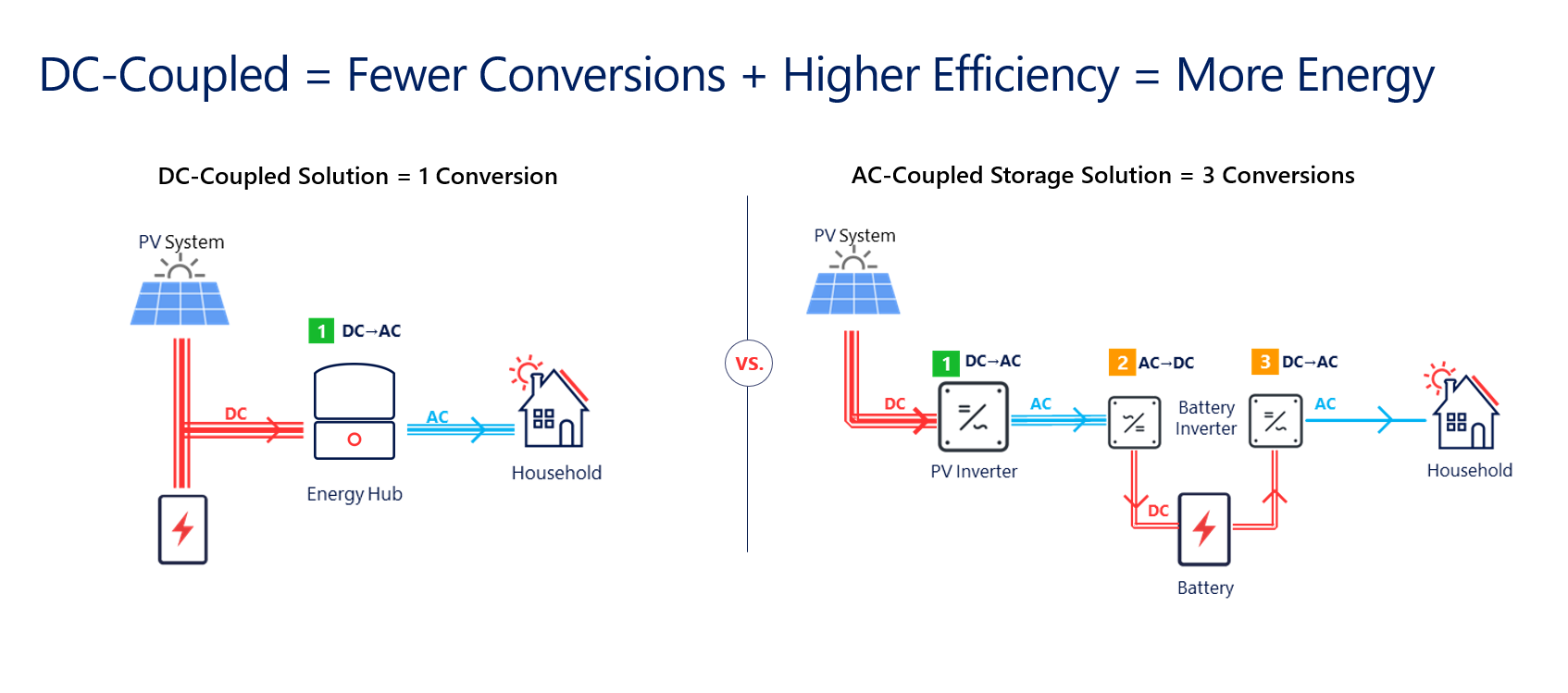
DC-Coupled vs. AC-Coupled PV system: DC-coupled solar energy goes directly to the battery without needing to go through an inverter, enabling you to consume more of your power
2. DC-Coupled Inverters Are Better for Oversizing
Oversizing is what happens when the amount of solar energy produced is greater than the system’s inverter rating. This means you can add more solar panels to your rooftop to generate more power, using the same inverter. When a PV system is oversized, the excess solar power that has not been consumed by your home can be re-directed to charge a home battery, an EV charger, a water heating system, and more. With an AC-coupled system, some of this additional “oversized” energy is simply lost.
DC-coupled inverters can therefore increase your savings since they allow for more oversizing and more excess energy storage.
Why is oversizing important? More oversizing = more energy to harvest.
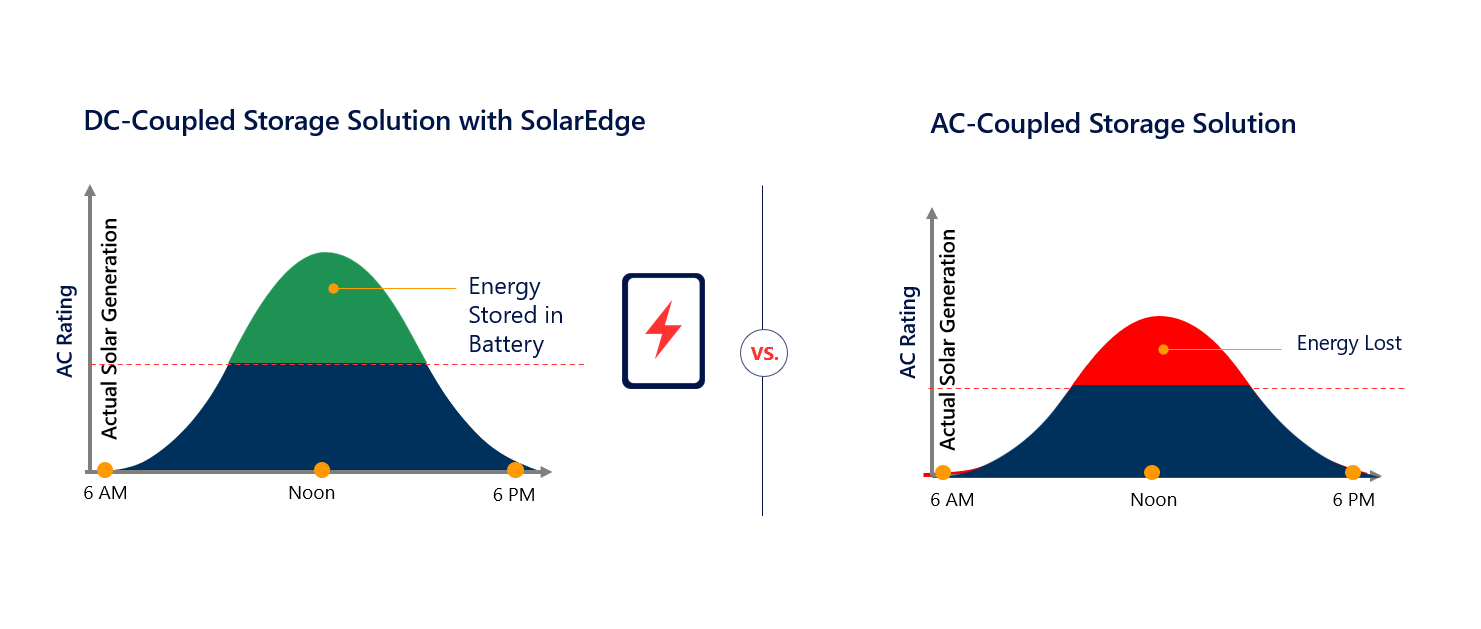
3. Using DC-Coupled Solar to Power Your Smart Energy Devices
As our homes are getting smarter and our energy consumption needs are growing, homeowners are seeing big changes in their electricity bills. For example, did you know that charging your EV can increase your electrical consumption by an additional 50% or more. (*Source: HEA: SolarEdge)
By using a DC-coupled PV system, such as a SolarEdge smart energy solution, homeowners can turn on smart energy devices, and charge their EV from the sun, while dramatically reducing their electricity costs.
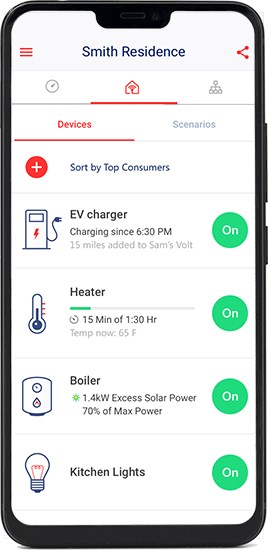
DC-Coupled systems allow you to direct excess energy to charge smart home energy devices.
Want to learn more? Have a look at the video below!
Similar Articles
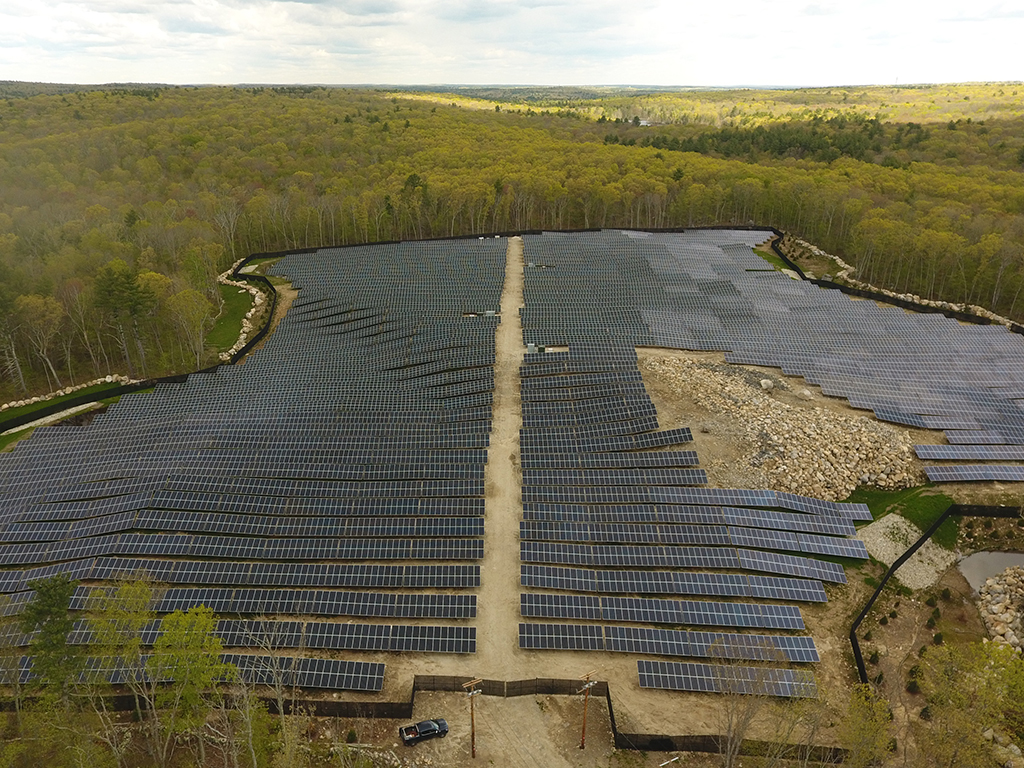
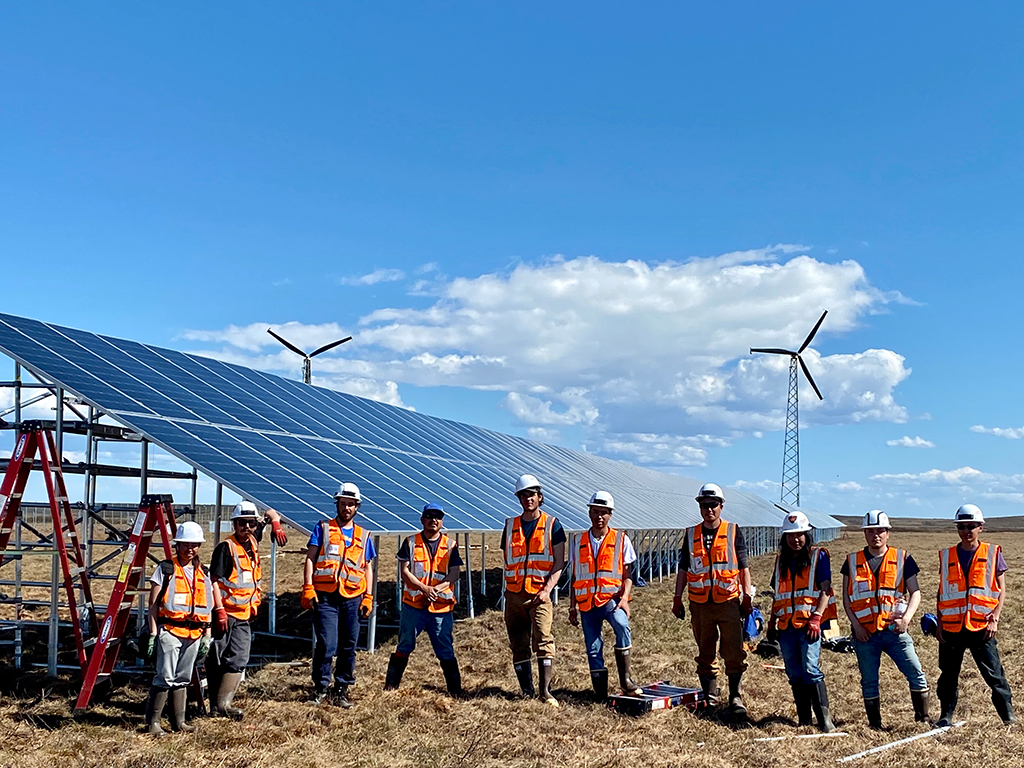





Add new comment
Comments